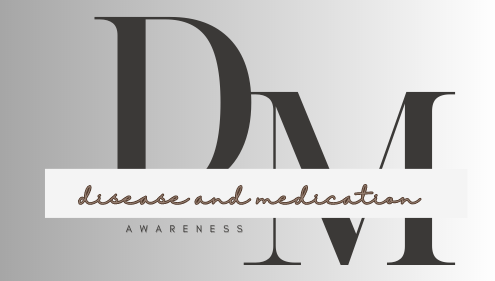Introduction to Anesthetics
Anesthetics are drugs used to induce anesthesia, a temporary loss of sensation or awareness. Anesthetics produce their action by interfering with the transmission of nerve impulses. They can act at different points in the nervous system, depending on the type of anesthetic. It plays a crucial role in modern medicine, facilitating pain-free procedures and surgeries. From local numbing agents to general anesthesia, these drugs are indispensable in medical practice.
Types of Anesthetics
- Local Anesthetics:
Local anesthetics are commonly used to numb a specific area of the body, rendering it insensitive to pain. They work by blocking nerve signals in the vicinity of application. Lidocaine, procaine, and bupivacaine are examples of local anesthetics frequently employed by healthcare professionals.
- Regional Anesthetics:
Regional anesthetics target larger areas of the body, such as limbs or sections of the torso. They block nerve signals in specific regions, providing pain relief during surgical procedures or for chronic pain management. Epidural and spinal anesthesia are notable examples of regional anesthesia techniques.
- General Anesthetics:
- General anesthetics induce a reversible state of unconsciousness, allowing patients to undergo major surgical procedures without experiencing pain or awareness. These drugs affect the central nervous system, producing a profound loss of sensation and consciousness. Common general anesthetics include propofol, sevoflurane, and desflurane.
Uses of Anesthetics
- Surgical Procedures:
Anesthetics are indispensable for surgeries of varying complexity, ranging from minor outpatient procedures to major operations. They ensure patient comfort and safety by eliminating pain and enabling surgeons to perform intricate maneuvers without interruption.
- Pain Management:

Anesthetics play a crucial role in managing acute and chronic pain conditions. They can be administered locally or regionally to alleviate discomfort associated with injuries, postoperative recovery, or chronic illnesses like neuropathy.
- Diagnostic Procedures:
Certain medical tests and diagnostic procedures, such as endoscopies or dental treatments, may require the use of local or regional anesthesia to minimize discomfort and ensure patient cooperation.
Risks and Considerations
While anesthetics are generally safe when administered by trained professionals, they are not without risks. Potential complications include allergic reactions, respiratory disease, cardiovascular disease, and nerve damage. Moreover, individual responses to anesthesia can vary, making personalized assessment and monitoring essential.
Conclusion
Anesthetics are indispensable tools in modern medicine, enabling pain-free surgeries, procedures, and pain management interventions. Understanding the various classes of anesthetics, their uses, and associated risks is essential for both healthcare professionals and patients. By prioritizing safety, efficacy, and patient-centered care, anesthetics continue to revolutionize the practice of medicine while ensuring optimal outcomes for patients worldwide.
